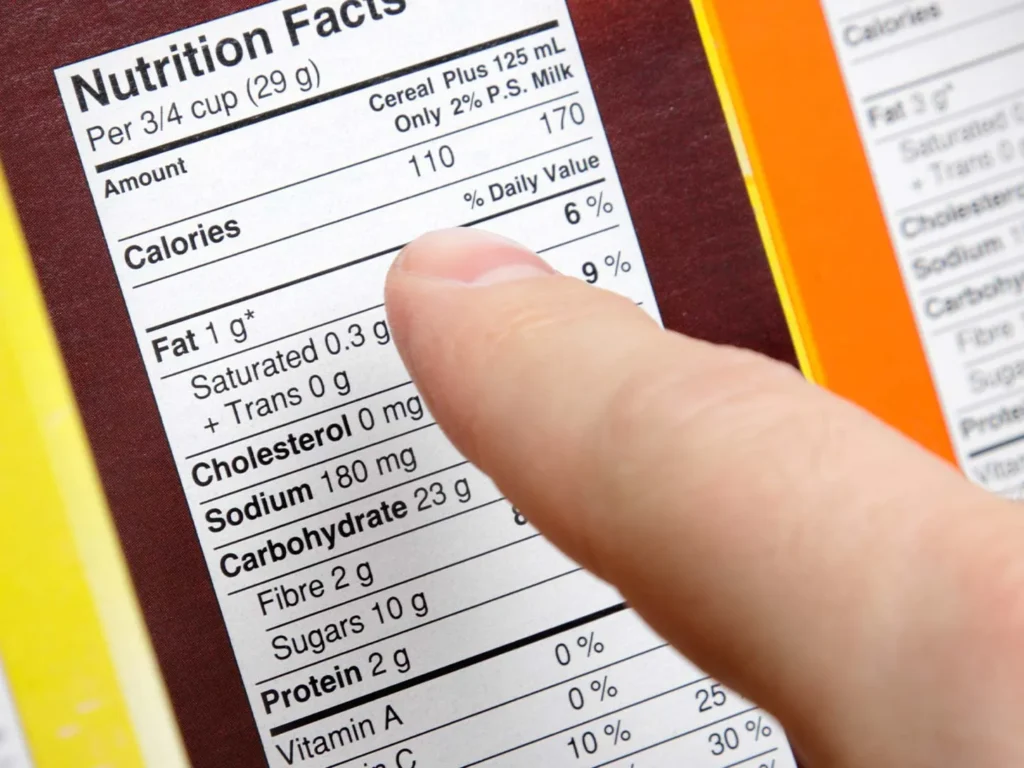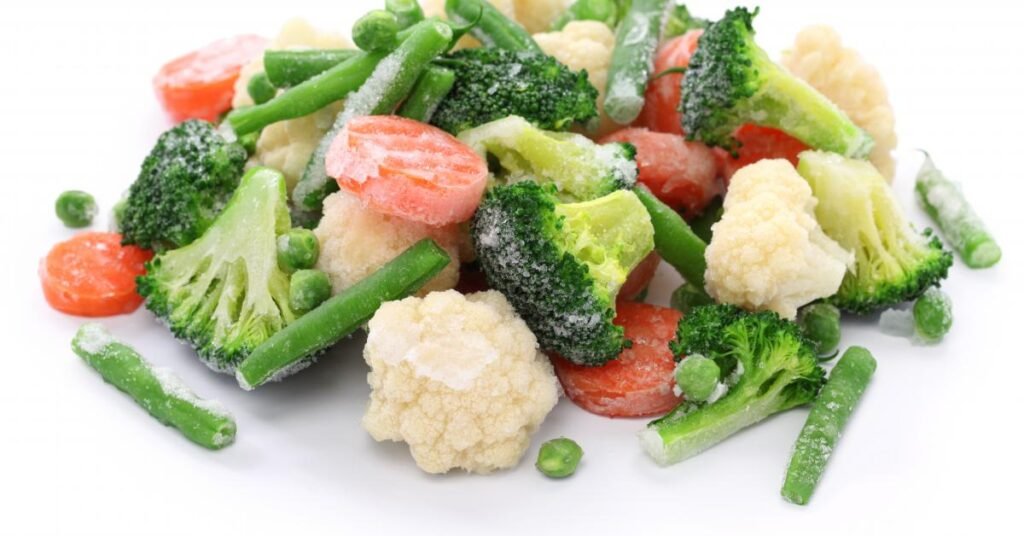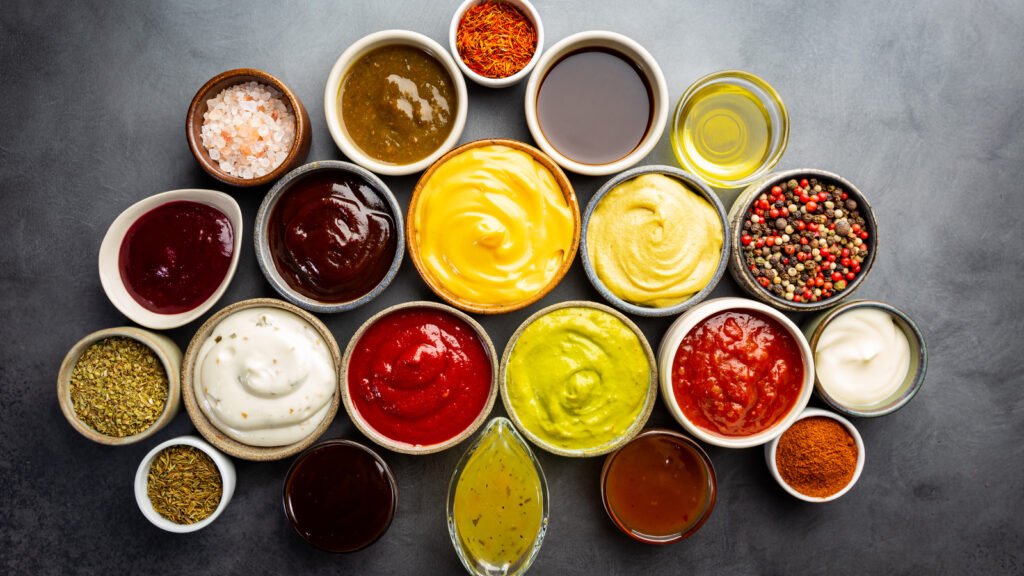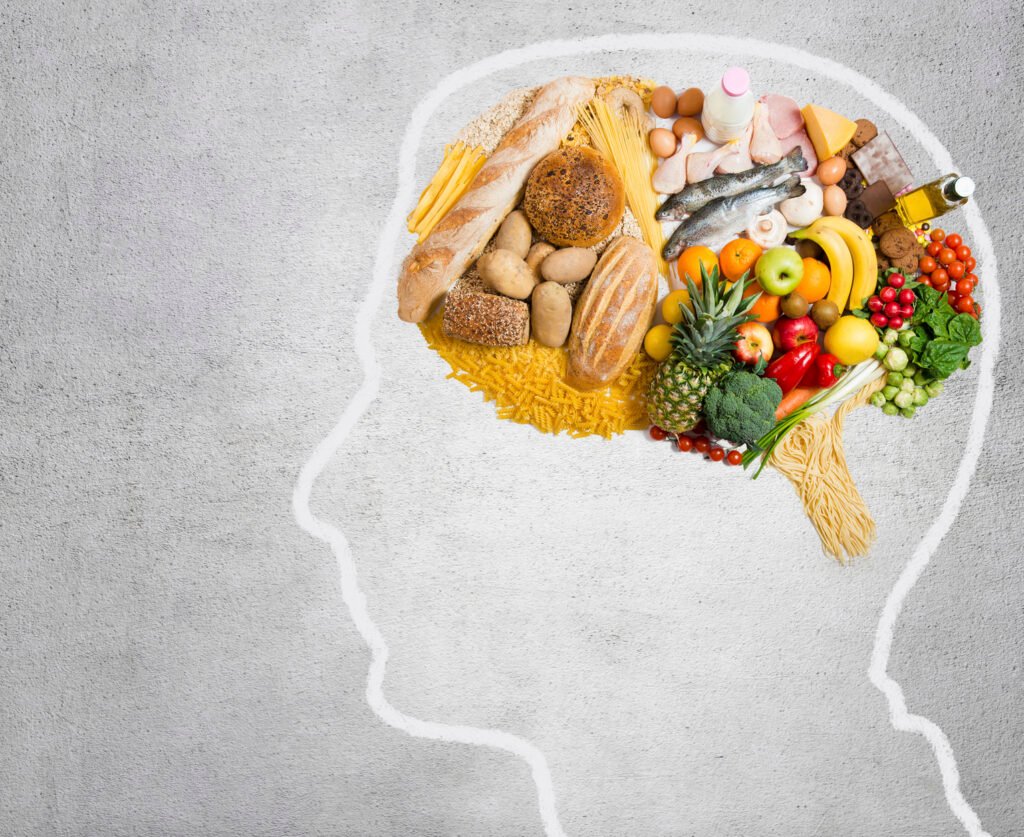8 Effective Ways To Reduce Salt Intake In Your Body: Excessive salt consumption is linked to high blood pressure, heart disease, and stroke. Most people consume more than the recommended daily limit of sodium, which is less than 2,300 milligrams per day. Cutting back on salt doesn’t mean eating bland food—it means making smarter and healthier choices.
1. Understand Food Labels

Read Before You Eat
The first step in reducing salt intake is understanding food labels. Sodium content is listed on all packaged foods. Start checking these labels to keep track of how much sodium you’re consuming.
Tips for Reading Labels
Look for items labeled “low sodium,” “reduced sodium,” or “no salt added.” Remember, even “reduced sodium” foods can still be high in sodium, so it’s important to check the actual amount per serving.
2. Cook at Home

Take Control of Your Ingredients
One of the best ways to reduce salt intake is by cooking your own meals. This gives you full control over what goes into your food, allowing you to make healthier choices.
Try New Flavors
Experiment with herbs, spices, and citrus to add flavor without the need for extra salt. For instance, lemon zest can add a fresh burst of flavor, and spices like cumin or paprika can give dishes a robust taste.
3. Choose Fresh or Frozen Vegetables

Go Natural
Instead of canned vegetables, which often contain added salt for preservation, opt for fresh or frozen varieties. These are just as nutritious but contain little to no added sodium.
Quick Tip
If you must use canned vegetables, rinse them under water to wash away some of the added sodium.
4. Cut Back on Processed Foods

Know the Culprits
Processed foods like deli meats, canned soups, and ready meals are typically high in sodium. Reducing your consumption of these foods can significantly lower your salt intake.
Healthy Swaps
Switch to fresh cuts of meat, homemade soups, and meals prepared from scratch. This not only reduces sodium but also improves your overall diet quality.
5. Modify Your Dairy Choices

Choose Wisely
Dairy products can be a hidden source of sodium. Opt for natural cheeses over processed ones and check the labels on yogurt and milk, which can sometimes contain added salt.
Alternative Options
Consider unsalted butter or butter substitutes, and use unsweetened and unflavored dairy products to keep sodium levels down.
6. Be Cautious with Condiments

Small Items, Big Impact
Condiments like soy sauce, ketchup, and salad dressings can significantly increase the sodium content of your meals. Use these sparingly or look for low-sodium versions.
DIY Dressings
Making your own dressings and sauces can help you control the amount of salt added, plus it lets you be creative with flavors!
7. Mind Your Snacks

Snack Smart
Opt for fresh fruits, nuts, and seeds instead of salty snacks like chips and pretzels. When choosing packaged snacks, compare labels and choose the options with lower sodium.
Try This!
Air-popped popcorn without added salt can be a satisfying, low-sodium snack. Add a sprinkle of nutritional yeast for a cheesy flavor without the salt.
8. Dine Out Smartly

Restaurant Tips
When eating out, ask for dishes to be prepared without added salt and request sauces and dressings on the side. Choose simpler dishes that are less likely to have hidden sodium.
Better Choices
Opt for steamed, grilled, or baked dishes instead of fried ones, which are often higher in sodium.
Conclusion
Reducing your salt intake doesn’t have to be complicated or make your food less enjoyable. By becoming more aware of the sources of sodium in your diet and making informed choices, you can enjoy flavorful meals that are better for your health. Start small, make gradual changes, and your palate (and your heart) will thank you!

